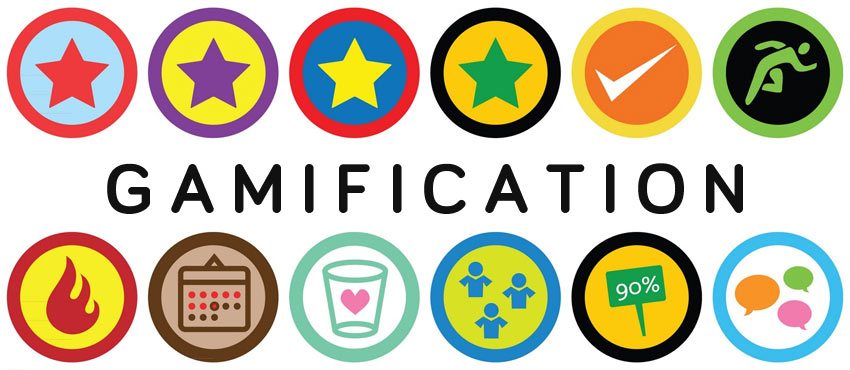Gaming in the workplace and the learning space is a relatively new concept that is making gamification one of THE buzzwords of 2014. If people around the world are spending 3 billion hours a week playing video games, there must be a lure here that is worthy of checking into! Is gamification the latest fad and just fun to design and implement or can it facilitate learning, increase engagement and have the ability to nurture along the customer lifecycle? Definitely!
What is Gamification?
Gamification is the process of using game dynamics to engage audiences and solve problems. It involves applying game design thinking to non-game applications, such as eLearning, where it appears as a simple source of material that is fun for the participant and efficient for trainers. Organizations are quickly recognizing that gamification is a fresh tool in a much bigger toolkit to help make learning a continuous and engaging process. A recent Gartner report states that “by 2015, more than 50% of organizations will gamify their processes.”
The way you leverage some aspects of gamification will depend on your strategy and goals. Following are three key features to think about for anyone deploying an ongoing gamification strategy:
- Captivating and relevant content
- Rewarding for participants
- Systems for tracking and reporting
Why Focus on Gamification?
There is a significant impact of engagement on the bottom line. According to a recent article in the Huffington Post that discusses research in the rise of engagement and gamification; companies are rethinking their mindset and shifting from solely focusing on productivity to seeking out engagement. The study looked at the link between engagement and ROI, and found that there was a 54% increase in employee retention between highest and lowest engaged employees and an 89% increase in customer satisfaction by their customers. Probably best of all, there was a 4x jump in revenue growth.
Successful gamification accomplishes these four goals:
- Focuses on the learners, not the game: When you leave room for play but make sure that teaching is the main focus, you will help keep course material relevant and learning optimized.
- Empowers with collaboration: Weigh success at individual and group levels by focusing on collaboration. This will also help increase engagement and help you understand voice of customer (VOC) through your social listening.
- Extracts the motivational techniques from games and uses for life-applicable learning: When participants become empowered and are rewarded, confidence is increased.
- Enables certification to worthy participants: Participants unleash their competitive side by introducing leaderboards. This greatly influences them to improve on previous scores and get to the next level.
When thinking about how you can implement gamification, don’t look at it solely as a way to increase the amount of ‘fun’ in your learning. Instead, consider the benefits that a more engaged workforce and customers could have on your organization. Improved productivity. Increased revenue. More fun!
Are you ready to increase your engagement and learn more about the customer lifecycle? Please request more information.
Learn more
